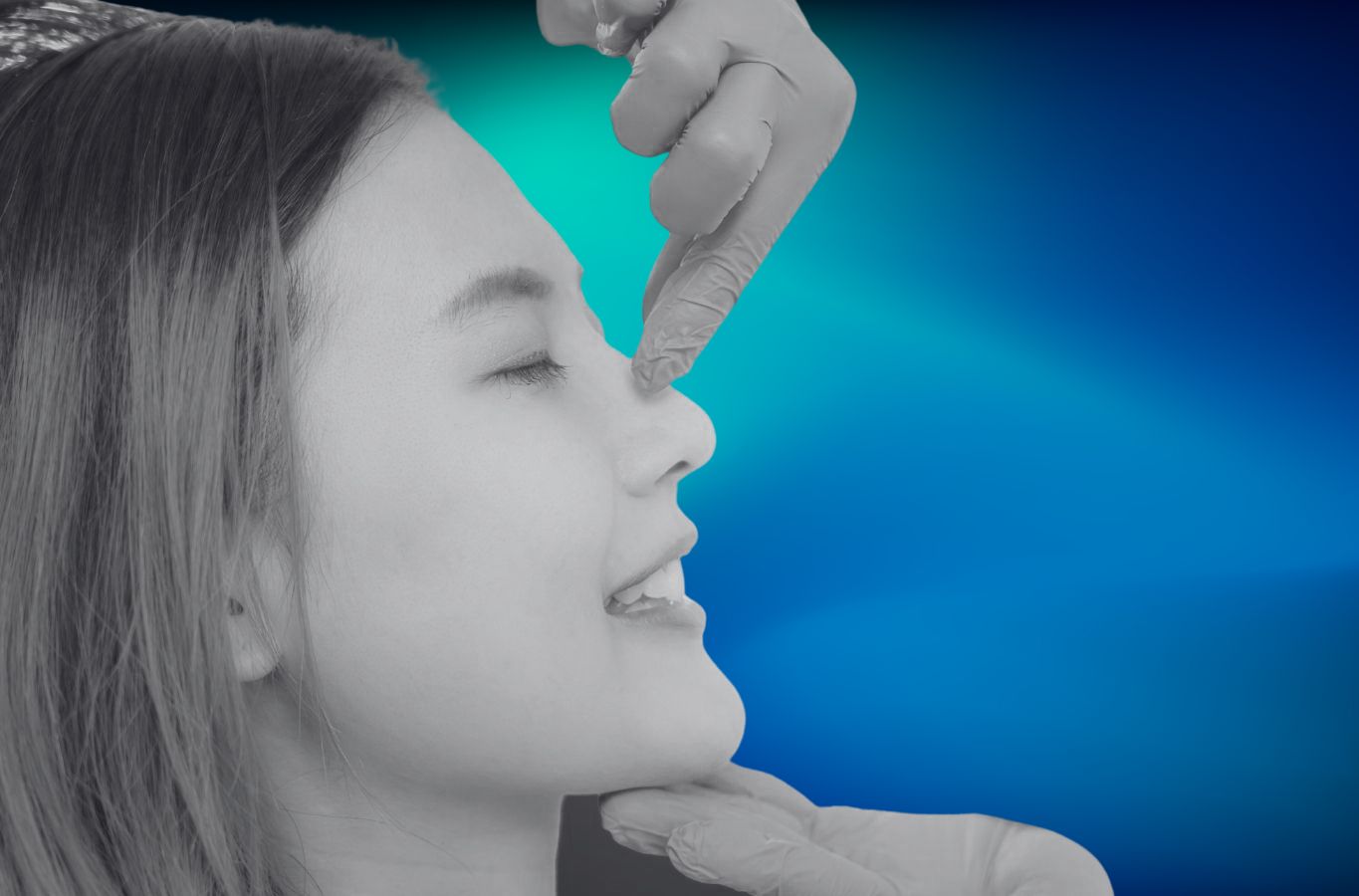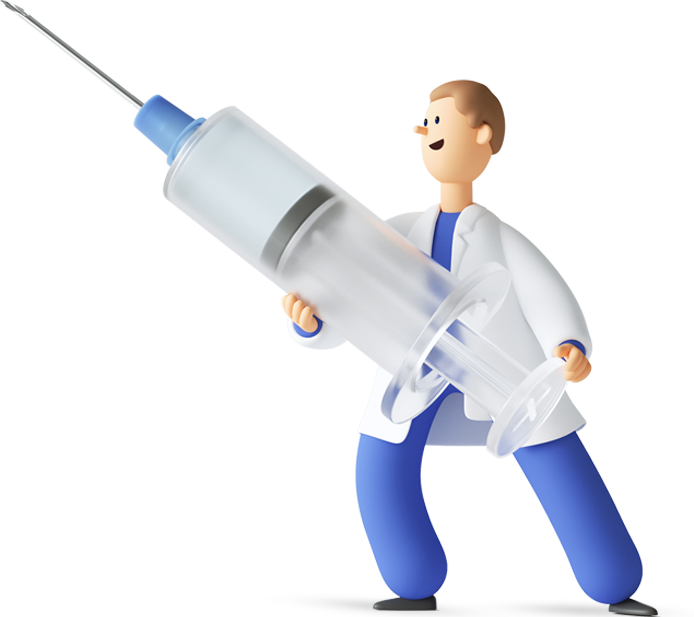
Concha Bullosa Surgery What is it?
The structure consisting of cartilage and bone that divides the nasal cavity into two, right and left septum It's called.
Structures in the nose, extending parallel to the septum and taking the shape of a half C conchae (or turbinates)is. These structures, consisting of bone and soft tissue, are usually three and sometimes four in each nasal cavity. Conchae are divided into three main groups as lower, middle and upper. The largest concha is at the bottom and the smallest is at the top. Although the concha is popularly known as adenoid, it is actually a different structure and its function is very different from adenoid.

Concha Bullosa (Air Sac Concha-Concha Bullosa) What is it?
Concha Bullosa is the formation of air cavities or air sacs (pneumatisation) in the bone structure of the concha. It is one of the most common anatomical disorders seen in the side walls of the nose. Concha bullosa is usually seen in the middle turbinate, but can rarely occur in the upper and lower turbinates. It can occur in one nasal cavity or in both nasal cavities at the same time.
Concha bullosa, which is often asymptomatic, can cause the middle turbinate to enlarge and narrow the nasal passages. This can lead to obstruction of the airways to the sinuses and as a result, problems such as chronic sinusitis, pressure and pain around the sinuses, and headaches. Rarely, ear and jaw pain may also be observed. The most reliable diagnostic method is Computerised Tomography (CT).
Concha bullosa can be divided into three different types:
Lamellar Concha Bullosa: Air sacs are located in the thin lamella (vertical layer) of the middle turbinate.
Bullous Concha Bullosa: The air sacs are located in the lower part of the middle turbinate, in the so-called "bulbous" section.
Extensive Concha Bullosa: This type refers to the spread of air vesicles over a large area of the middle turbinate and may have larger areas of pneumatisation.

Concha Bullosa (Air Sac Concha-Concha Bullosa) Surgery How is it done?
Concha Bullosa (Concha Bullosa) Three main methods are usually used in the treatment: crushing, turbinoplasty (turbinate shaping) or turbinate resection/reduction (turbinate removal/reduction). These methods are surgical procedures aimed at eliminating excessive growth of the turbinate and related problems.
Endoscopic Concha Resection / Reductionis a surgical procedure performed by inserting a camera (endoscope) into the nose. In this method, the half of the concha, which is swollen like a balloon, facing the mouth of the sinuses is cut and removed. The endoscopic procedure allows a more precise intervention by providing direct visual guidance.
This surgical method is preferred in cases where the bone structure of the turbinate is active and radio frequency treatment is not successful. Endoscopic turbinate resection/reduction is an effective method in the treatment of turbinate bullosa, which is the area opening to the sinuses without causing excessive bleeding and trauma. osteomeatal complexprovides easy access to the sinuses. In this way, the sinuses can be cleaned and the airways can be reopened.
Frequently Asked Questions
How long do the results of turbinate bullosa surgery last?
Concha bullosa surgery usually provides long-term and permanent results. After surgery, the airways in the nose become more comfortable and open, the congestion of the sinuses is reduced and patients usually experience a more comfortable breathing experience. However, over time, some changes may occur due to the natural aging process of the tissues in the nose and other environmental factors. These changes may be in the form of regrowth of the turbinates or the appearance of other structural problems, but this is usually rare. In general, the effect of surgery lasts for a long time, but sometimes additional treatment or follow-up may be required.
How is concha bullosa surgery performed?
**Concha bullosa surgery is usually performed with **endoscopic methods**. In this technique, small incisions are made through the nose and the enlarged part of the concha is reduced with the help of special surgical instruments and a camera (endoscope). Since endoscopic surgery provides visual guidance, it allows a more precise procedure to be performed and the patient's recovery time is usually shorter. With this method, the obstruction of the sinuses and airways is removed and breathing is relieved. It is also a less invasive option in terms of aesthetics, as there are no large incisions visible from the outside.











